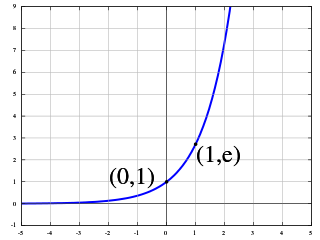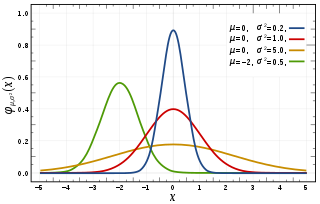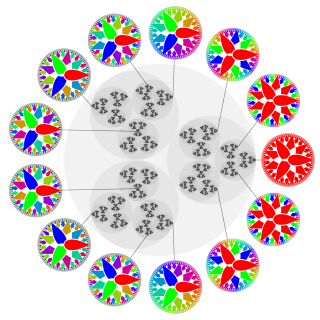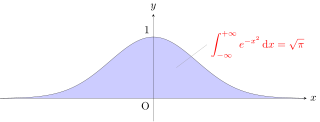Products of finitely many infinite series
Let  such that
such that  (actually the following is also true for
(actually the following is also true for  but the statement becomes trivial in that case) and let
but the statement becomes trivial in that case) and let  be infinite series with complex coefficients, from which all except the
be infinite series with complex coefficients, from which all except the  th one converge absolutely, and the
th one converge absolutely, and the  th one converges. Then the limit
th one converges. Then the limit  exists and we have:
exists and we have: 
Proof
Because  the statement can be proven by induction over
the statement can be proven by induction over  : The case for
: The case for  is identical to the claim about the Cauchy product. This is our induction base.
is identical to the claim about the Cauchy product. This is our induction base.
The induction step goes as follows: Let the claim be true for an  such that
such that  , and let
, and let  be infinite series with complex coefficients, from which all except the
be infinite series with complex coefficients, from which all except the  th one converge absolutely, and the
th one converge absolutely, and the  -th one converges. We first apply the induction hypothesis to the series
-th one converges. We first apply the induction hypothesis to the series  . We obtain that the series
. We obtain that the series  converges, and hence, by the triangle inequality and the sandwich criterion, the series
converges, and hence, by the triangle inequality and the sandwich criterion, the series  converges, and hence the series
converges, and hence the series  converges absolutely. Therefore, by the induction hypothesis, by what Mertens proved, and by renaming of variables, we have:
converges absolutely. Therefore, by the induction hypothesis, by what Mertens proved, and by renaming of variables, we have:  Therefore, the formula also holds for
Therefore, the formula also holds for  .
.













































































